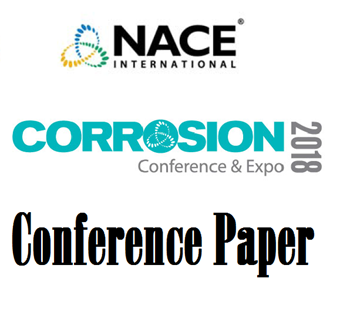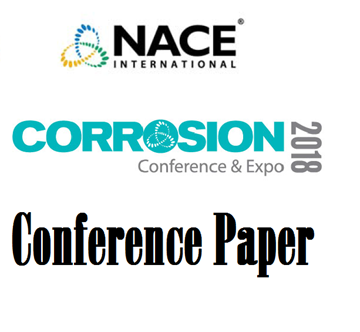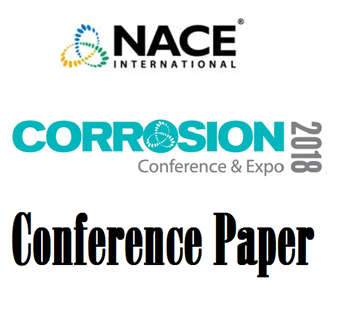Search
51318-11559-New Design/Material Solution for Pipeline Chemicals and Permeation
Also Purchased
51318-11616-High Concentration Biocide Treatment of an Oil Pipeline
Product Number:
51318-11616-SG
Publication Date:
2018
$20.00
51318-11294-NACE MR0175/ISO 15156: Update on current document and where are we going?
Product Number:
51318-11294-SG
Publication Date:
2018
$20.00
51318-11557-Failure Analysis of Gas Separator Cooler Tube Leak during service after passing Inspection test duri
Product Number:
51318-11557-SG
Publication Date:
2018
$20.00




